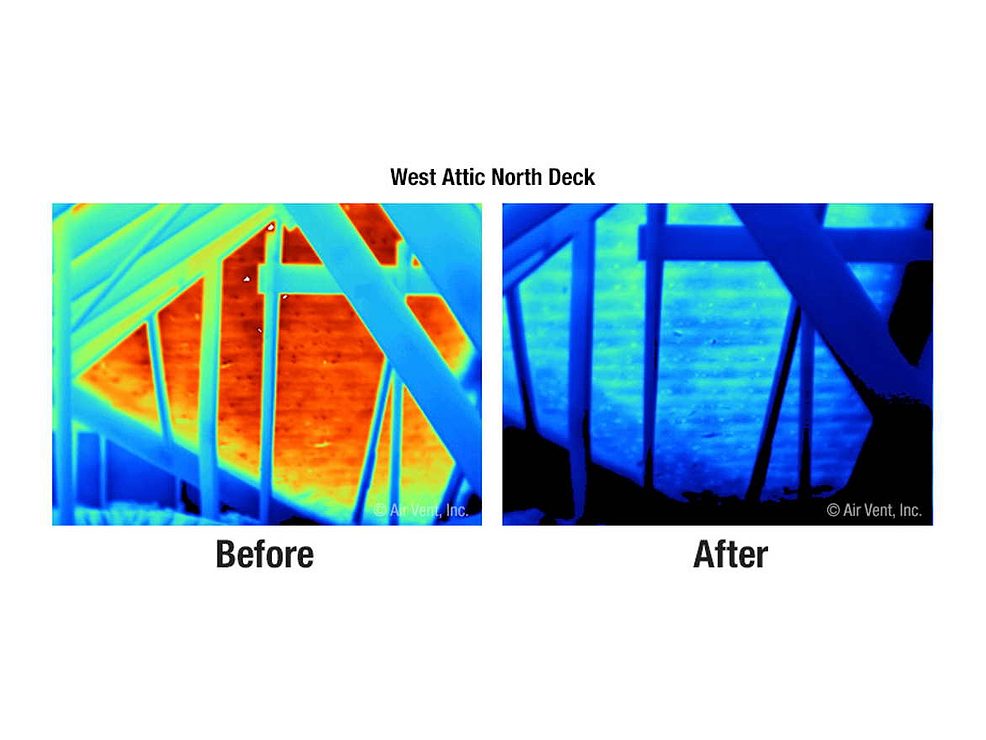Like any construction project, the key to the relationship between the general contractor and its subcontractors lies in the steps taken before the project starts. The most important step in the preparation process is having a well-written, comprehensive subcontractor agreement. The subcontract should be specific enough that it serves as the final word on potential areas of dispute. While there are never guarantees on avoiding disagreements - and each individual agreement must be carefully tailored for the individual project at issue - there are several critical areas that every subcontract must address that can help to avoid litigation.
Who are the players and what are their roles?
The subcontract must designate the parties and their duties and responsibilities on the project. A general description of the nature of the project is a good first step. Next, the subcontract must designate the work that is to be done by the subcontractor. This provision is frequently titled "Work to Be Performed" or "Scope of Work." Here, the more specific the agreement is, the better. The subcontract should refer to necessary materials, blueprints, work orders and other plans, and it should contain high levels of description.
The subcontract should designate the subcontractor as an independent contractor. The importance of this distinction is seen every day in litigation over workplace accidents, substandard work product and other areas of construction. Last month, this column discussed several steps to ensure that all subcontractors and their employees are deemed independent from the general contractor. If they are determined to be employees (by looking at the control imposed by the general, among other factors), the general may be liable for taxes and payroll, job-related injuries, and potential damages arising from injuries to third parties. While courts make this determination by looking at all of the facts and circumstances of the relationship between the parties, inclusion of this provision within the subcontract is always useful.
Where is the Money?
As can be expected, disputes frequently occur between general contractors and subcontractors over money. The parties can take steps, however, to ensure that the solution to these disputes is clear. First, the subcontract must clearly set forth the subcontract price. If a bond is required, the amount and terms of the bond should be stated. Issues with subcontractors usually do not center on the original contract amount. Problems arise when circumstances lead to changes to the original plans by the owner, the general contractor and the subcontractor in the course of the project. Therefore, the subcontract must contain provisions regarding adjustments, payment structure, an approval process for work changes, and a method for dispute resolution. Finally, a "Pay When Paid" provision may be included to protect the general contractor. This states that subcontractors will only be paid upon payment by the owner to the contractor for the work performed.Time is of the Essence
Rarely will one subcontractor be working on a construction project at a time, and rarer still is the occasion where one subcontractor's work will not effect the progress and schedule of another. For this reason, it is important for the subcontract to contain time provisions. While meeting construction deadlines - especially on a large project - can be difficult, there are steps that the general contractor can take in order to protect itself from avoidable delay by the subcontractors. The easiest first step is to include actual dates by which the described work must be performed. If the nature of the project is such that dates cannot be accurately delineated, including the phrase "time is of the essence" in the subcontract provides many legal protections for the contractor.
Second, the subcontract should contain a provision that allows the general contractor to recover from the subcontractor any damages that arise out of its failure to meet its deadlines. This should be specific and cover any costs that may come out of the general contractor's pocket including the cost of additional labor, equipment and materials to meet the deadline. Additionally, the subcontract should contain a "Liquidated Damages Clause," which provides for predetermined fees and costs to be paid by the subcontractor to the contractor for failure to meet its deadline.
When in Default?
While it seems an obvious topic, what actually constitutes default of the subcontract and what the parties' remedies are is not always clearly defined. Therefore, the subcontract should contain a provision that covers this area. The events triggering default by the subcontractor should be listed. These can include their failure to meet a deadline, pay their subcontractors or workers, have insurance, pay worker's compensation, making unauthorized changes, filing for bankruptcy or any other breach of a provision in the subcontract.
After describing what constitutes default, the remedies and procedures for establishing default must also be described. These can include notice provisions, opportunities for the subcontractor to cure the default and methods for calculating the damages sustained by the general contractor.
Indemnification
An indemnification clause provides general contractors further protection for work performed by a subcontractor. Simply stated, by indemnifying, the subcontractor promises that it will stand by its work and protect the general contractor from all claims, including those for defective work, injuries and property damage. The subcontractor will assume the defense and pay the attorney fees for all complaints arising out of the work performed by the subcontractor, its employees or sub-subcontractors. No subcontract should be signed without this provision.Additional Items
There is a wide range of other provisions that may be included in the subcontract. These include provisions regarding, inspections, the maintenance of insurance, the role of sub-subcontractors, safety, equipment and clean up.Like the above, each item should be carefully tailored to meet the needs of the project and the parties involved. Taking the time to anticipate problems and create solutions can be the difference between a productive working relationship with your subcontractors and costly litigation.


